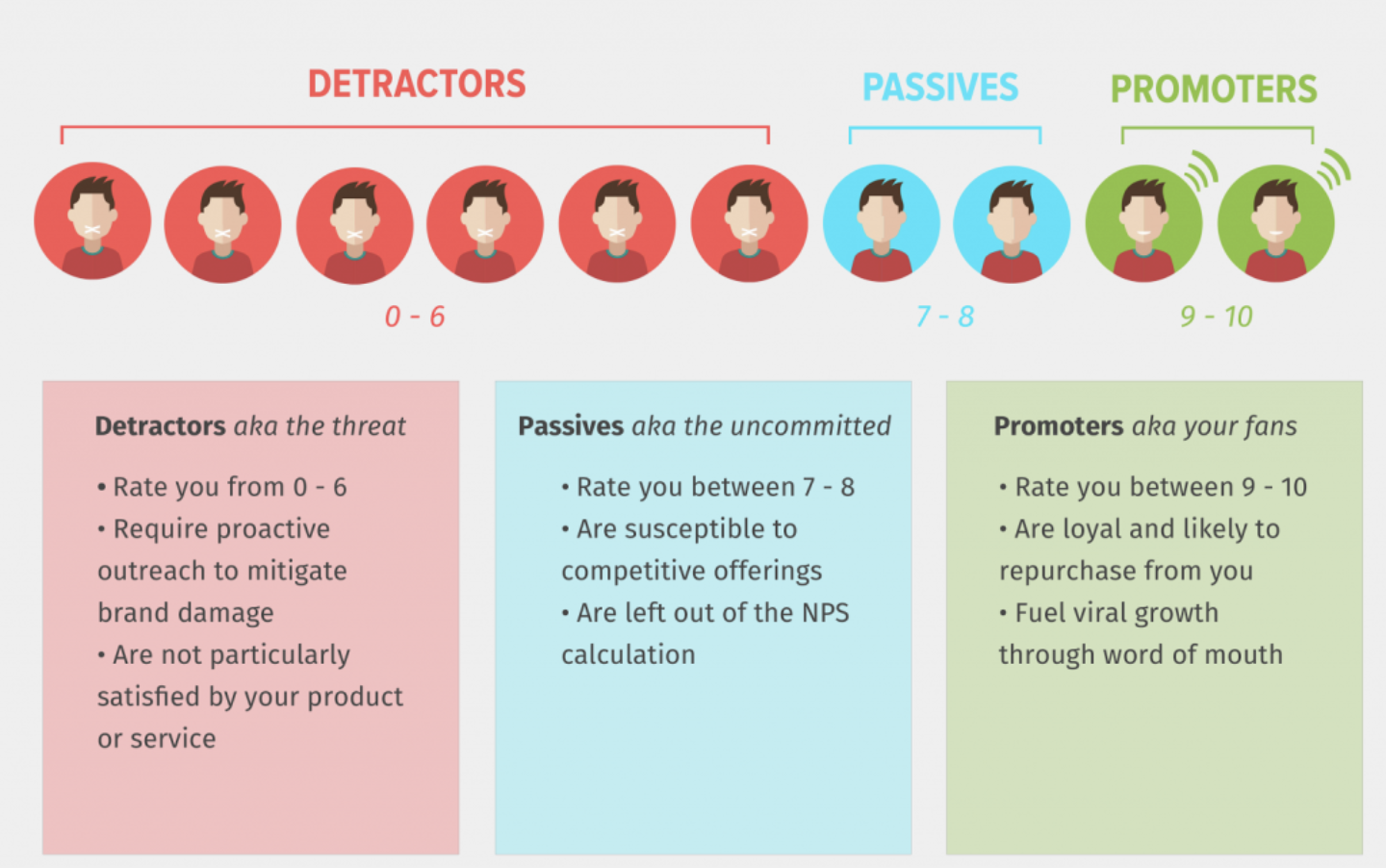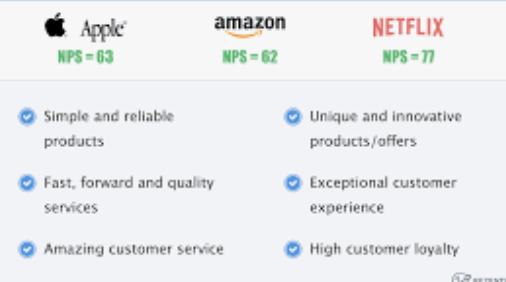What is NPS?
Net Promoter Score®, or NPS®, measures customer experience or user experience in RPR’s case. This proven metric has transformed the business world and is by far the most effective way to measure satisfaction and loyalty. Brands with high retention are companies with a high NPS score.
How is the NPS Calculated?
The NPS is calculated using the answer to a key question with a 0-10 scale: How likely is it that you would recommend RPR to a colleague? The NPS score is calculated on a rolling 30 day average.

Respondents are grouped as follows:
- Promoters (score 9-10) are loyal enthusiasts who will keep using RPR and refer others, fueling growth.
- Passives (score 7-8) are satisfied but unenthusiastic users who are vulnerable to competitive offerings.
- Detractors (score 0-6) are unhappy users who can damage your brand and impede growth through negative word-of-mouth.
Subtracting the percentage of Detractors from the percentage of Promoters yields the Net Promoter Score, which can range from a low of -100 (if every user is a Detractor) to a high of 100 (if every user is a Promoter).
Net Promoter Score (NPS) = % Promoters – % Detractors
What is a good NPS Score?
A score between 0 and 30 is a good range to be in. However, there is still room for improvement. If your NPS is higher than 30 that would indicate that your company is doing great and has far more happy users than unhappy ones. An NPS over 70 means your users love you and your company is generating a lot of positive word-of-mouth.

How do users rate RPR?
RPR is a 64 indicating that users see great value. They have taken the time to know and love the RPR offerings and trust the company’s member-driven direction.
What companies have the highest NPS?

